If you’re a parent looking to make pool time more fun and engaging for your kids—or even for yourself—kickboards are a fantastic option.
But these days, you're not limited to foam boards anymore.
Enter the electric kickboard, like the innovative Asiwo Mako.
So which is better: the classic foam board or this new high-tech version? Let’s break it down.
Traditional Kickboards: The Classic Starter
Traditional kickboards are made of durable foam, used mainly for swim training.
They help kids build leg strength, improve kicking technique, and boost water confidence. They’re simple, lightweight, and budget-friendly.
Pros:
-
Very affordable (usually $10–$30)
-
Easy for kids of all ages
-
No charging or maintenance
-
Great for swim lessons and practice
Cons:
-
Requires constant kicking to move
-
Less exciting for older kids
-
Offers no added speed or propulsion
Best For: Younger swimmers, budget-conscious families, and basic swim practice.
Electric Kickboards: Pool Fun, Upgraded
The Asiwo Mako is a modern kickboard with built-in motor propulsion.
With three speed settings and a top speed of about 3.3 mph, it glides you through water effortlessly.
It’s easy to use—just press the handles and go—and stops automatically if you let go. The enclosed propeller ensures safety.
Pros:
-
Super fun—adds excitement to pool time
-
Easy to control, even for kids
-
Great for building swim confidence
-
Can be used by both kids and adults
-
Up to 60 minutes runtime on a full charge
Cons:
-
Costs more (~$270)
-
Requires charging (3–4 hours)
-
Heavier (~6 lbs) than foam boards
Best For: Confident swimmers (ages 6+), tech-loving families, and frequent pool-goers.
Side-by-Side Comparison
| Feature | Traditional Kickboard | Asiwo Mako Electric Kickboard |
|---|---|---|
| Movement | Kick-powered | Motorized (3 speeds) |
| Weight | Less than 1 lb | ~6 lbs |
| Battery | None | 60 mins runtime |
| Safety | Very safe | Enclosed prop + auto-stop |
| Price | $10–$30 | ~$270 |
| Maintenance | None | Rinse + charge battery |
| Age Recommendation | 3+ (with supervision) | 6+ (with supervision) |
Which One Should You Get?
If your child is just starting to swim, go with the traditional kickboard. It's simple, safe, and helps build foundational skills.
But if you’re looking to make water time really exciting, the Asiwo Mako is a game-changer.
It gets kids in the pool, keeps them active, and lets them zoom around safely—with less effort and a lot more fun.
Families that swim often, travel to lakes or calm beaches, or just want a poolside gadget that both kids and adults can enjoy will find the Mako well worth the investment.
FAQs
Q: Is the Asiwo Mako safe for kids?
Yes! It has auto shut-off, enclosed propellers, and floats when not in use. Great for supervised kids aged 6+.
Q: How long does the battery last?
Up to 60 minutes on low speed, 15–20 minutes on high. Recharge takes about 3–4 hours.
Q: Can it be used in open water?
Absolutely—great for pools, lakes, and calm beaches. Just avoid rough waves or strong currents.
Q: What if my child lets go while riding?
The motor stops instantly. The board floats, so it’s easy to grab again.
Q: Is it worth the money?
If your family swims often and you want to keep the kids excited and active—yes, 100%. It adds a whole new level of fun.
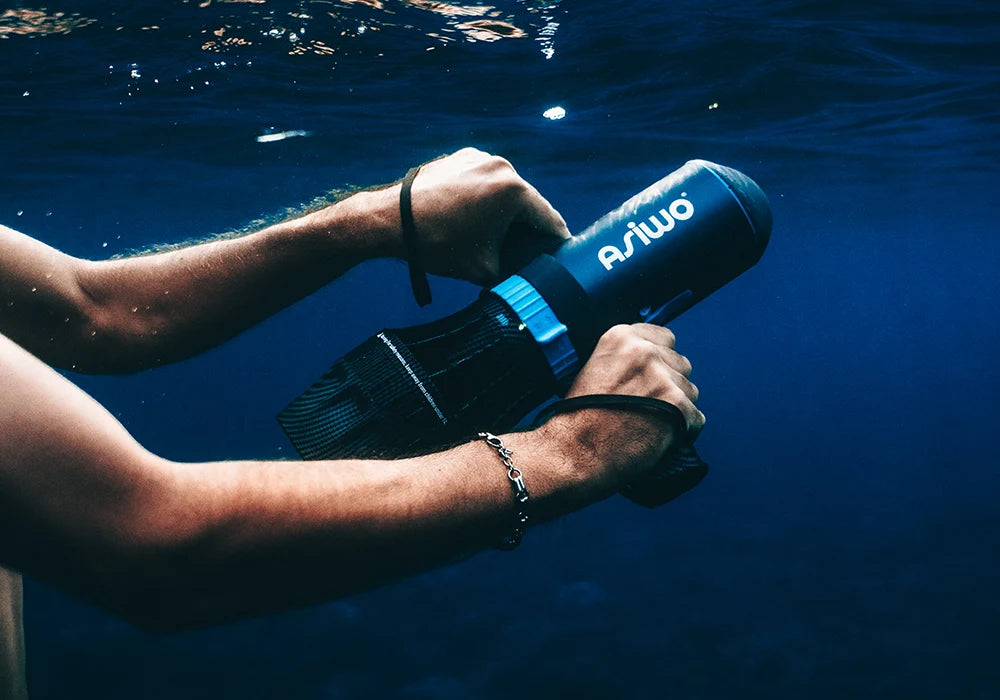
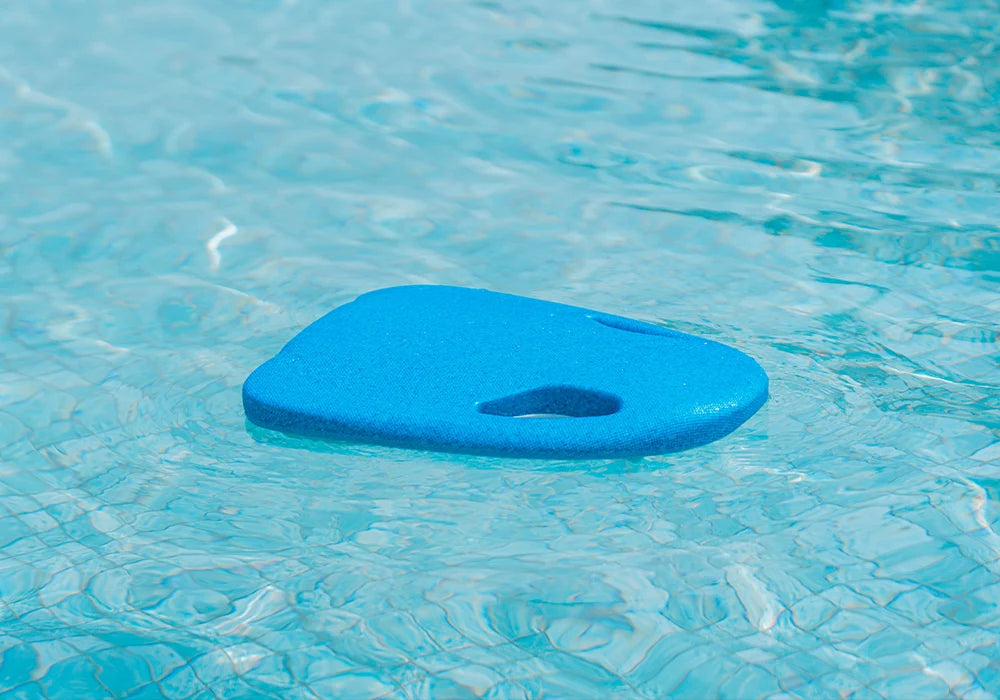
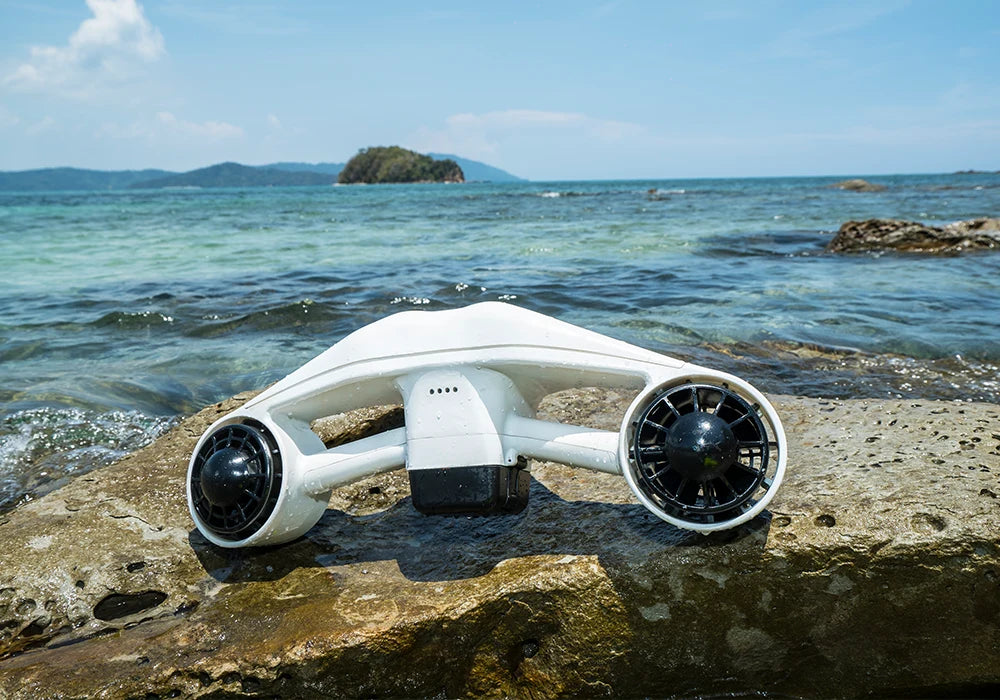
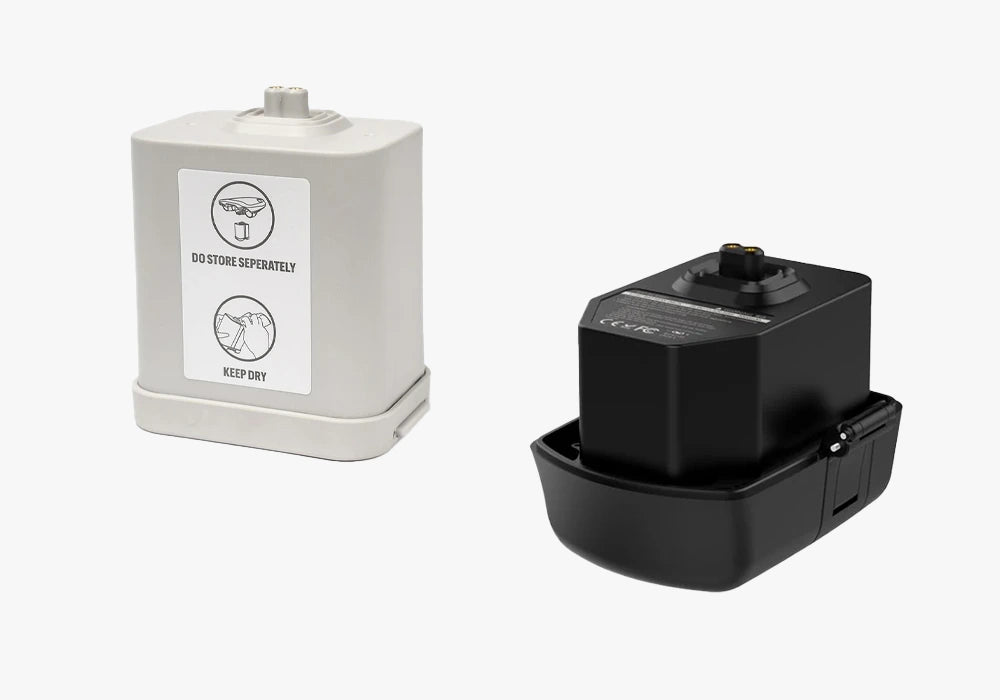





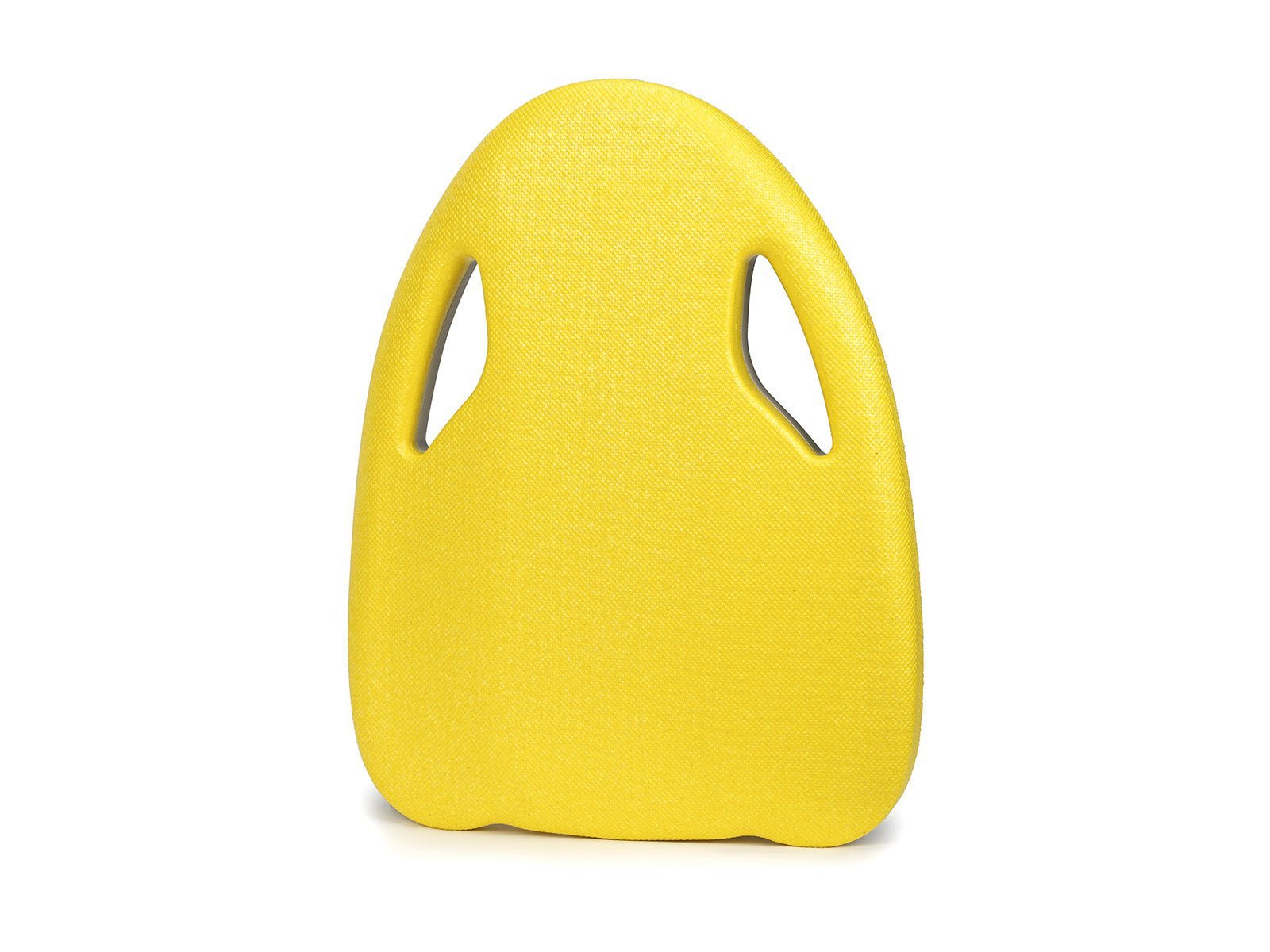
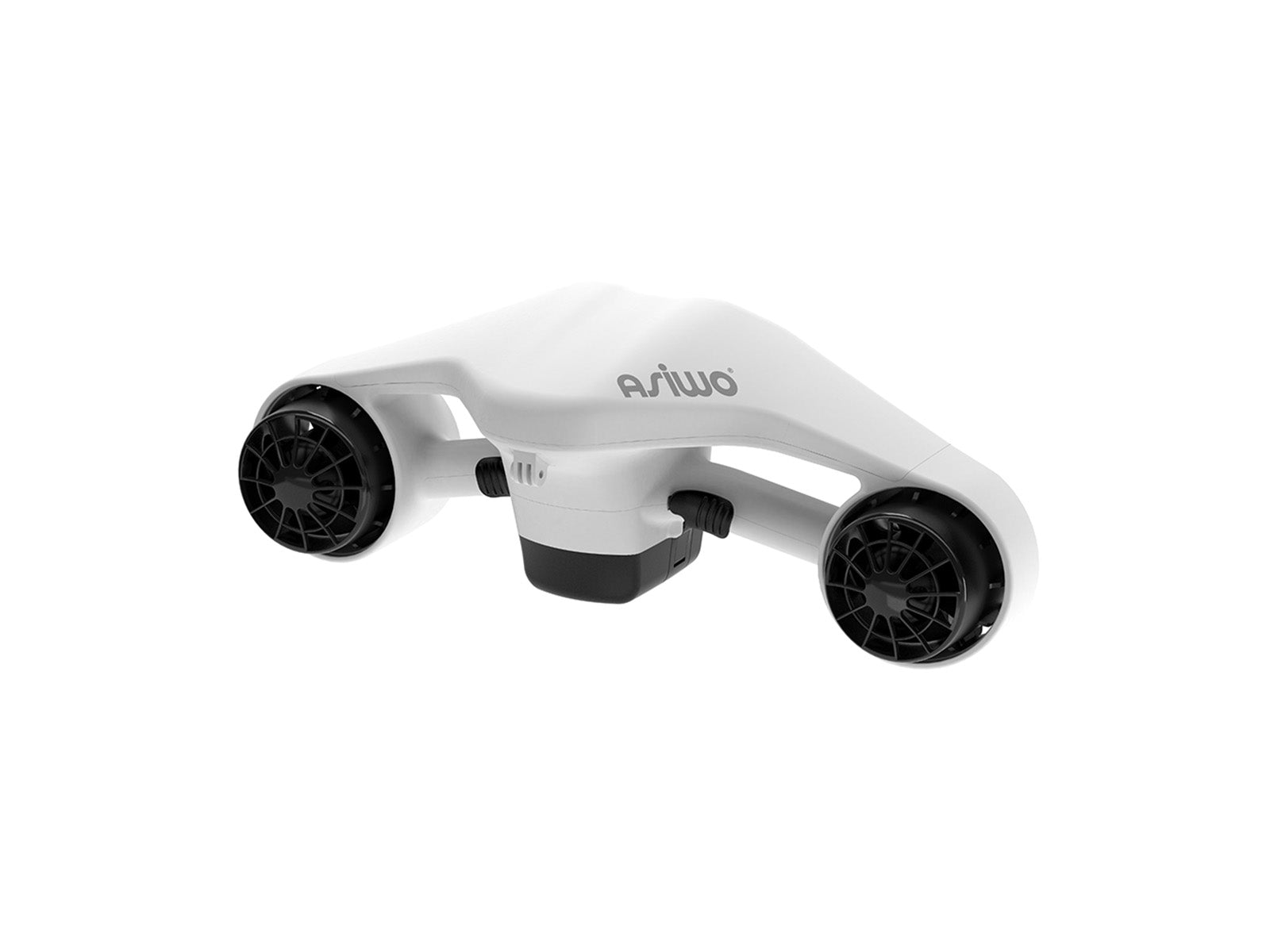
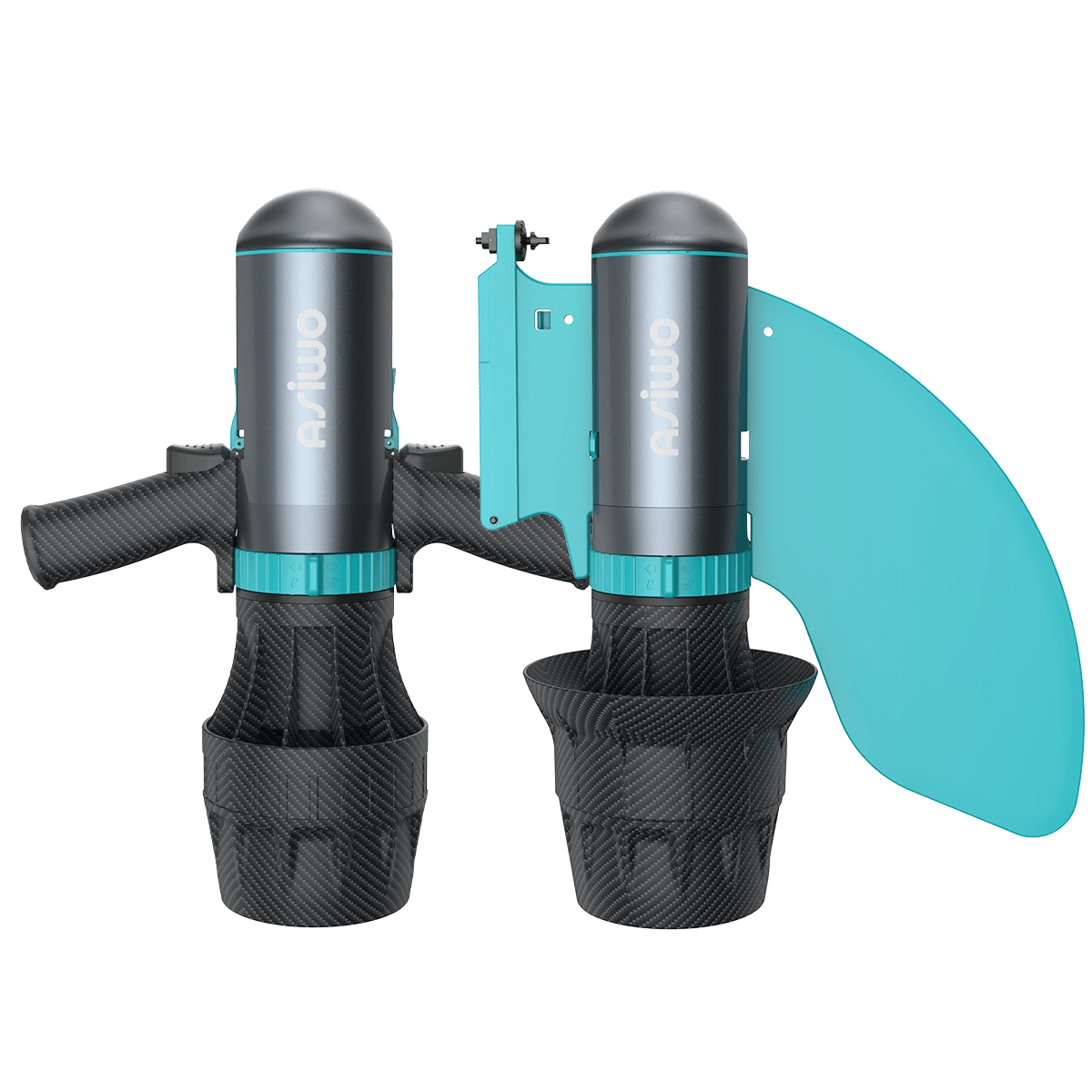

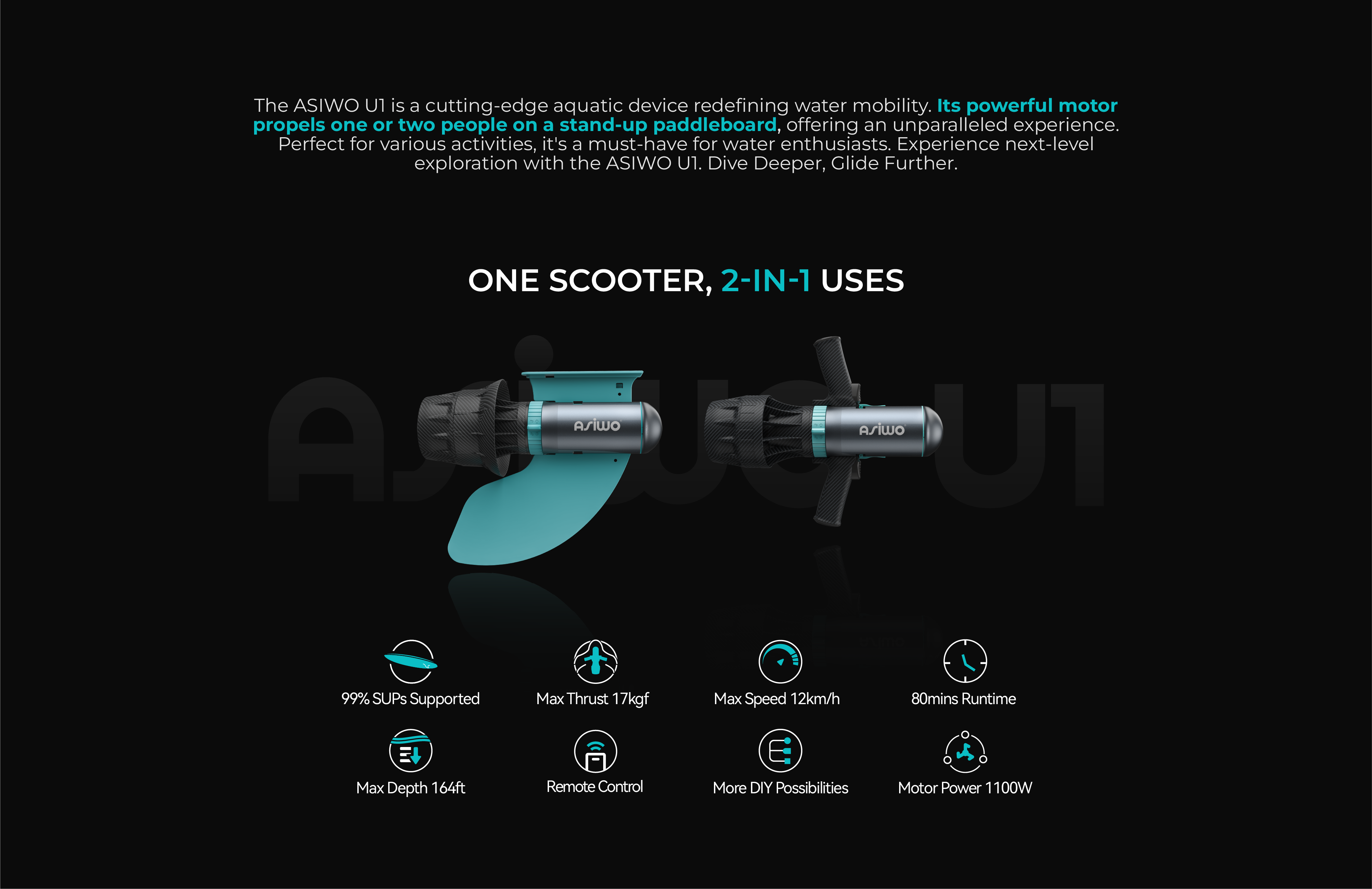
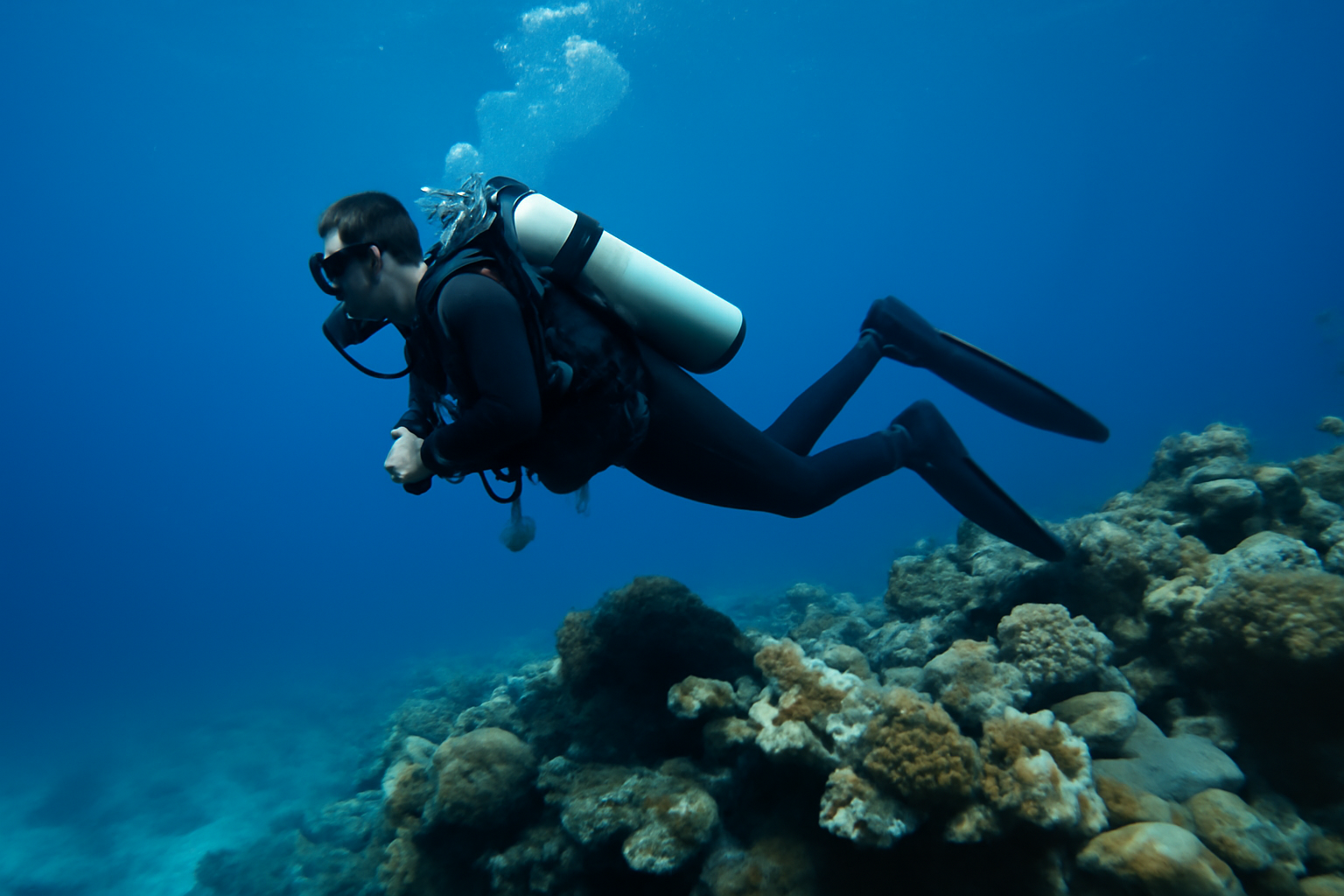
Lascia un commento